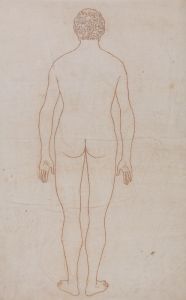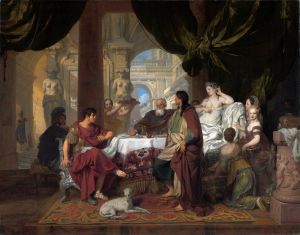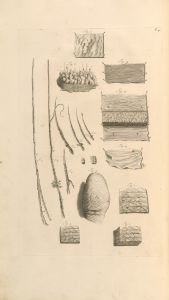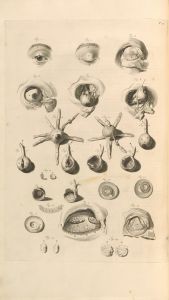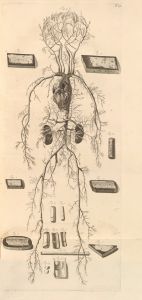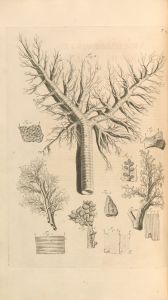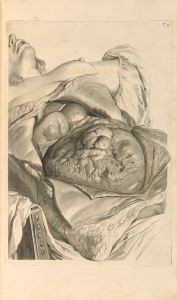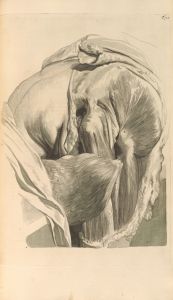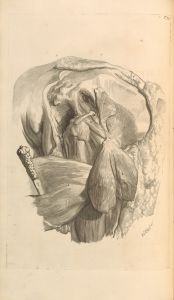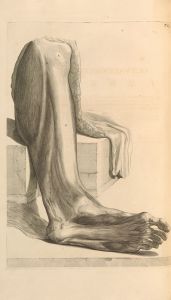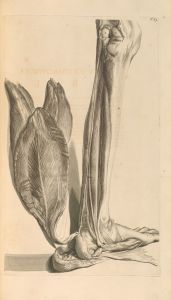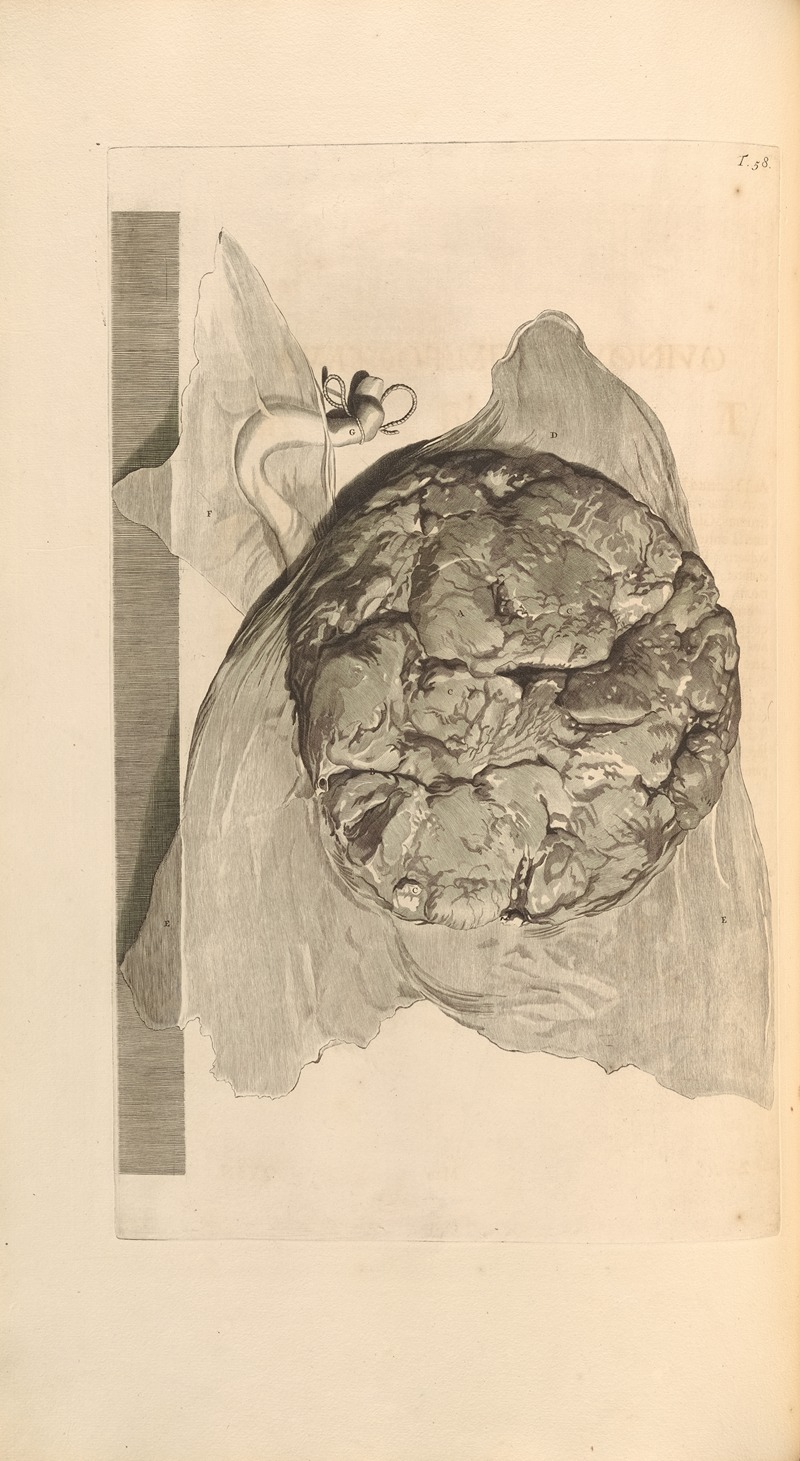
Anatomia humani corporis Pl.059
A hand-painted replica of Gerard de Lairesse’s masterpiece Anatomia humani corporis Pl.059, meticulously crafted by professional artists to capture the true essence of the original. Each piece is created with museum-quality canvas and rare mineral pigments, carefully painted by experienced artists with delicate brushstrokes and rich, layered colors to perfectly recreate the texture of the original artwork. Unlike machine-printed reproductions, this hand-painted version brings the painting to life, infused with the artist’s emotions and skill in every stroke. Whether for personal collection or home decoration, it instantly elevates the artistic atmosphere of any space.
Gerard de Lairesse was a prominent Dutch Golden Age painter and art theorist, known for his classical style and influence on the art of his time. One of his notable contributions to the field of art and science is his work on the illustrations for the anatomical atlas "Anatomia Humani Corporis," which was published in 1685. This atlas was a collaborative effort with the renowned Dutch anatomist Govard Bidloo.
The "Anatomia Humani Corporis" is a significant work in the history of anatomy, containing 105 copperplate engravings that depict various aspects of human anatomy in great detail. Gerard de Lairesse was responsible for creating these intricate illustrations, which were engraved by the skilled artist Abraham Blooteling. The plates are known for their artistic quality and scientific accuracy, reflecting the high standards of anatomical knowledge and artistic skill of the period.
Plate 059 of "Anatomia Humani Corporis" is one of these detailed engravings. While specific information about this particular plate is limited, it is part of the comprehensive collection that covers a wide range of anatomical subjects. The illustrations in the atlas are characterized by their meticulous attention to detail and clarity, making them valuable resources for both artists and medical professionals of the time.
The collaboration between de Lairesse and Bidloo represents a significant intersection of art and science during the Dutch Golden Age. De Lairesse's background as a painter and his ability to render the human form with precision and elegance made him an ideal choice for this project. His work on the atlas not only contributed to the advancement of anatomical knowledge but also demonstrated the important role that artists played in the scientific endeavors of the period.
The "Anatomia Humani Corporis" was published in Amsterdam, a major center of trade and culture in the 17th century. The city's vibrant intellectual climate provided fertile ground for such interdisciplinary collaborations. The atlas was intended for use by medical students and professionals, serving as a comprehensive reference for the study of human anatomy.
Gerard de Lairesse's involvement in this project highlights his versatility as an artist and his ability to adapt his skills to different contexts. Although he is primarily known for his paintings, his work on the anatomical atlas showcases his contribution to the scientific community and his impact on the visual representation of anatomical knowledge.
In summary, Gerard de Lairesse's illustration for "Anatomia Humani Corporis," including Plate 059, is a testament to the collaboration between art and science during the Dutch Golden Age. The atlas remains an important historical document, reflecting the advancements in anatomical understanding and the artistic achievements of the period.





